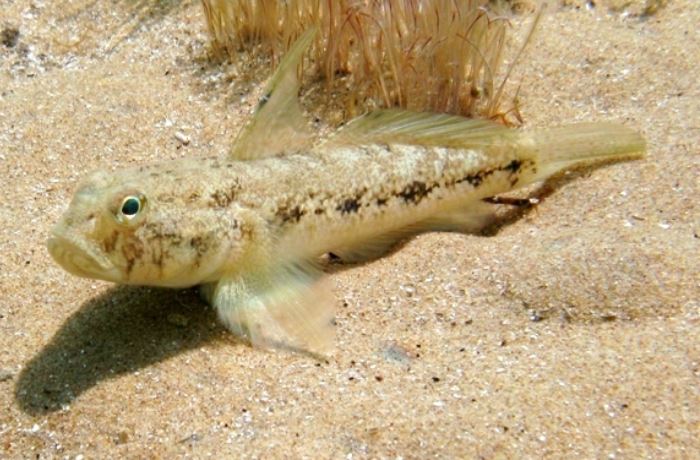Gobi are small, carnivorous fish that are common to tropic locales. There are more than 2,200 species of them throughout the world.
While 2,200 may seem like a lot, Mother Nature seems to think a few more couldn’t hurt the Gobi party, as scientists recently discovered two new species of the aquatic animal.
The new species, Rhinogobius estrellae and Rhinogobius tandikan, were found on the Philippine island of Palawan.
As reported in Mongabay:
“The tiny, blue-spotted fish are endemic to Palawan and each is confined to freshwater pools and streams in a single location.
The fish were collected during surveys to document freshwater fish diversity on the island; both species belong to a genus previously only known from temperate and subtropical parts of Asia, with the new discovery extending its range south into the tropics.”
By analyzing mitochondrial DNA and assessing physical characteristics, the researchers placed both species in the genus Rhinogobius, of which there are currently more than 60 known species. Within the genus, they belong to an ancient lineage that was previously occupied by a single widespread species found from Japan to Vietnam. The two new Philippine species share certain attributes with this close relative, such as the arrangement of tiny sensory bumps on their cheeks, but they diverge sufficiently in other aspects to warrant classification as separate species.
The fish themselves are minute, measuring no more than 4.5 centimeters (1.8 inches) from snout to tail. They are nonetheless exquisitely patterned, sporting scores of electric-blue spots along their bodies — a feature that inspired Maeda to name one of the species after the brightly plumaged Palawan peacock-pheasant (Polyplectron napoleonis), known locally as tandikan.”
Read the full story on Mongabay here.
